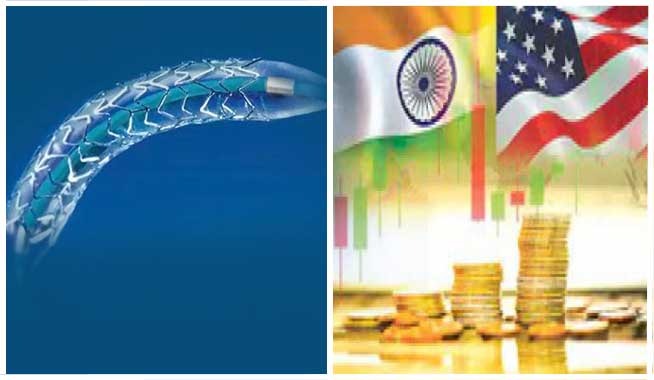Dr. Monica Chahar, Chief Dermatologist and Director – Skin Decor, Dwarka-New Delhi
Platelet-rich plasma (PRP) therapy for hair Platelet-rich plasma (PRP) therapy is a regenerative medical treatment that has gained popularity in recent years for its ability to promote healing and stimulate tissue regeneration. The procedure involves taking

Platelet-rich plasma (PRP) therapy for hair
Platelet-rich plasma (PRP) therapy is a regenerative medical treatment that has gained popularity in recent years for its ability to promote healing and stimulate tissue regeneration. The procedure involves taking a small sample of the patient’s blood and processing it to concentrate the platelets which have many useful ingredients like growth factors before injecting the resulting solution back into the affected area.
What is Platelet-rich Plasma (PRP)?
Platelet-rich plasma (PRP) is a solution made from the patient’s own blood, which is centrifuged to concentrate the platelets and growth factors. The concentrated solution is then injected into the affected to promote tissue regeneration.
PRP therapy has been used in a variety of medical and cosmetic applications, including sports injuries, wound healing, and facial rejuvenation. In recent years, it has gained popularity as a treatment option for hair loss.
How Does PRP for Hair Work?
PRP therapy for hair loss works by injecting the concentrated solution into the scalp to stimulate hair growth. The platelets in the solution release growth factors that promote the growth of new hair follicles and improve the health of existing ones.
PRP therapy can be used alone or in combination with other hair restoration treatments, such as hair transplant surgery or topical medications. It is a minimally invasive procedure that is typically performed by a specialist or a doctor.
Identifying perfect candidates for PRP Therapy for Hair?
PRP therapy for hair loss may be a good option for individuals who are experiencing hair loss or hair thinning. It is also an option for individuals who have tried other hair restoration treatments without success.
However, PRP therapy may not be effective for everyone. It is important to consult with a qualified healthcare provider to determine if PRP therapy is right for you
Procedure of PRP Therapy for Hair
PRP therapy for hair typically begins with a consultation with a healthcare provider. During the consultation, the provider will assess your hair loss and determine if PRP therapy is a good option for you.
If PRP therapy is recommended, the next step is to schedule the procedure. On the day of the procedure, the healthcare provider will draw a small amount of blood from the patient’s arm. The blood is then placed in a centrifuge, which separates the platelets and growth factors from the rest of the blood.
The concentrated solution is then injected into the scalp in the areas where hair loss or thinning has occurred.
Benefits of PRP Therapy
One of the main benefits of PRP therapy is that it is a non-surgical, minimally invasive procedure. Unlike surgery, which can be costly, painful, and require a lengthy recovery period, PRP therapy is a relatively simple and straightforward treatment that can be performed in a doctor’s office.
In addition to its regenerative properties, PRP therapy can also be used in combination with other treatments to enhance their effectiveness. For example, PRP therapy can be used in conjunction with oral therapy or topical medications to help speed up the healing process and reduce pain and inflammation.
Overall, PRP therapy is a safe and effective treatment option for a variety of conditions, including wound healing, joint pain, sports injuries, hair loss, and skin rejuvenation.






